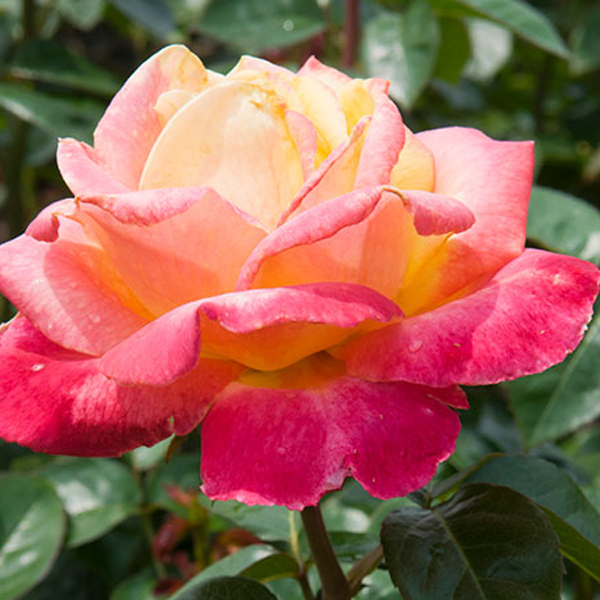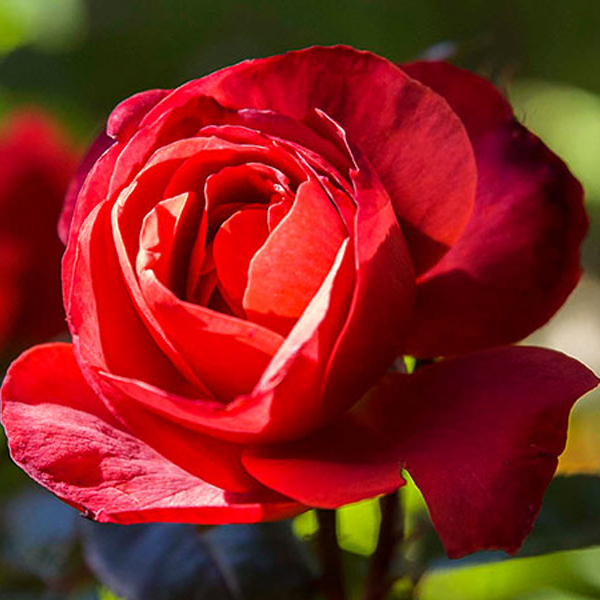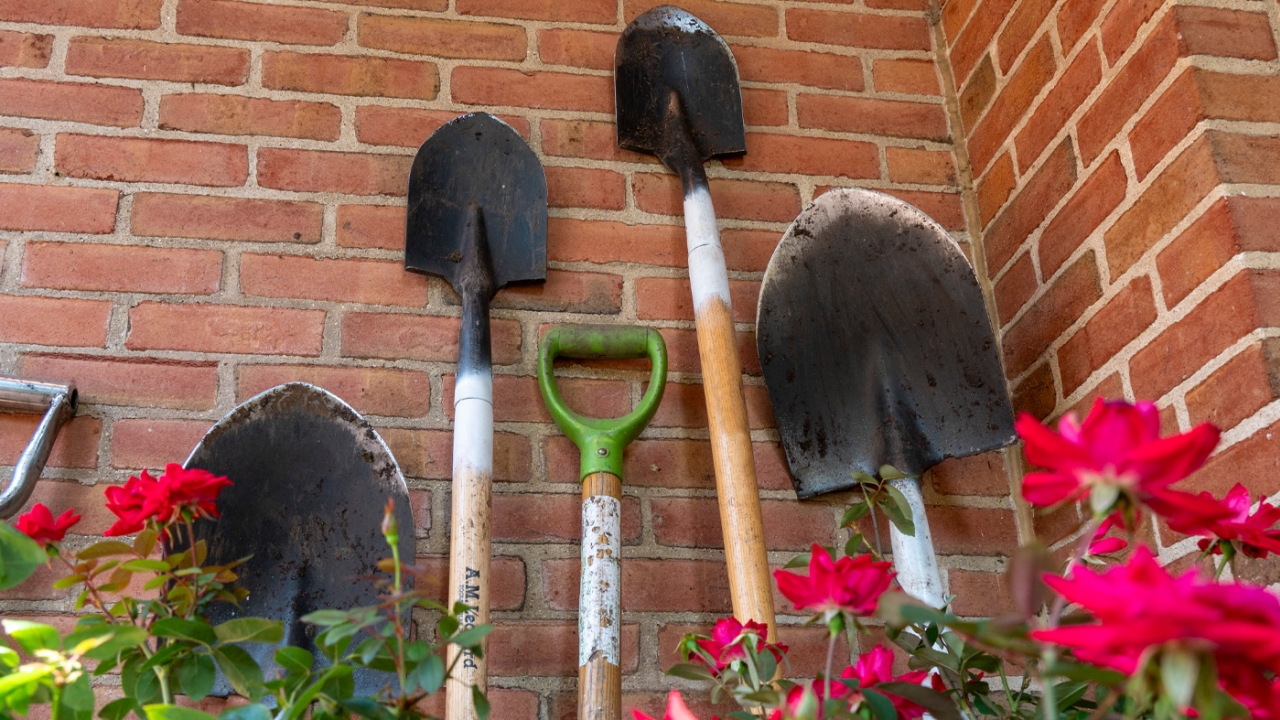
July
Fertilize roses for the third and final time at the end of the month with a liquid 20-20-20 fertilizer. Do not fertilize after August 1. Continue to deadhead roses by cutting flowers back to the first set of five leaflets.
Monitor roses closely for blackspot. Remove any leaves that show darkened circles with fuzzy margins on either the topside or underside of leaves; yellow foliage with dark spots; and any leaves that have already dropped from the plant. Begin a spray program with approved fungicides immediately. Always choose disease-resistant roses in the future.

September/October/November
Winter protection of roses is not necessary until late November, when the ground has frozen.
November
One application of fertilizer in the spring is usually sufficient for species roses such as Rosa rugosa and shrub roses. All other roses should be given their second application of a well-balanced fertilizer in mid-June or after their initial bloom period.
Monitor roses for black spot and other fungal leaf diseases. Remove infected leaves immediately and begin a preventative spray program with an approved fungicide at labeled intervals. Call Plant Information Service at (847) 835-0972 for effective fungicide recommendations.
Deadhead hybrid tea roses as soon as flowers fade. Many shrub roses are self-cleaning and don’t require deadheading. When in doubt, lightly prune old blossoms to keep plant looking attractive.


